In today’s digital age, small businesses are increasingly becoming targets for cyberattacks, as they often lack the robust security infrastructures of larger corporations. With limited resources and budgets, it’s imperative for these enterprises to prioritize and implement cost-effective cybersecurity measures. Establishing a strong foundational cybersecurity posture doesn’t necessarily demand significant financial investment. Instead, by focusing on key practices and leveraging available resources wisely, small businesses can protect themselves from the majority of common cyber threats. The following list provides a concise guide to the top five cost-effective cybersecurity implementation practices every small business should adopt.
Regular Software Updates:
Outdated software often serves as an open door for cyber adversaries. Keeping tools, from operating systems to applications, frequently refreshed is essential. These updates not only introduce enhanced features but also fix potential security flaws, making systems tougher to breach.
Importance: As developers identify security vulnerabilities in their software, they release updates to address and rectify them. Running outdated software increases the risk of exploitation through known vulnerabilities.
Best Practices:
- Schedule regular intervals for checking updates rather than doing it sporadically.
- Avoid downloading software or updates from unofficial or suspicious sources, as they might be laced with malware.
- Review and test updates in a controlled environment before deploying them broadly, especially for critical systems.
Employee Training:
Team members can either be an organization’s Achilles’ heel or its primary defense against online threats. Regular cybersecurity education equips staff with knowledge about current threats like phishing tactics or malicious websites. This empowerment significantly diminishes the chances of issues stemming from oversight or mistakes and helps you to optimize your cybersecurity.
Importance: Human error is a major contributor to security breaches. Well-informed employees can act as the first line of defense against potential threats.
Best Practices:
- Incorporate cybersecurity training into the onboarding process for new hires.
- Use real-life examples or simulate phishing attacks to test and train employees.
- Encourage a culture where employees feel comfortable reporting suspicious activities without fear of reprimand.
Strong Password Policies:
Passwords are the gatekeepers to vast amounts of sensitive organizational data. A single weak password can jeopardize an entire system. It’s crucial to advocate for and implement solid password protocols, prompting the use of unique, intricate passphrases. Utilizing password managers can assist in maintaining and organizing these access keys, ensuring data remains safely encrypted.
Importance: Passwords are often the primary gatekeepers of critical information. Weak passwords can be easily guessed or cracked using brute-force methods.
Best Practices:
- Implement mandatory password changes every few months.
- Avoid using easily guessable information like birthdays or names in passwords.
- Implement password complexity requirements (combination of uppercase, lowercase, numbers, and special characters).
Two-Factor Authentication (2FA):
While passwords are essential, they can sometimes be compromised. Multi-step verification, commonly known as 2FA, adds a supplementary layer of protection. Be it via a notification, an authentication app, or a physical device, this secondary step makes unauthorized access considerably more difficult. Integrating 2FA on vital accounts offers a simple yet highly effective security enhancement.
Importance: 2FA ensures that even if a malicious actor obtains a user’s password, they would need another form of verification to gain access.
Best Practices:
- Prioritize the use of app-based or hardware-based 2FA over SMS-based 2FA, as the latter can be intercepted.
- Educate employees on the importance of keeping their second authentication factor (like a mobile device or hardware token) secure.
- Regularly review and update the list of devices or methods authorized for 2FA.
Regular Backups:
Information is pivotal for any organization. Threats like ransomware or unexpected hardware malfunctions can compromise this vital asset. Regular and secure data archives ensure a recent copy of essential business information is always on hand. Storing these archives away from the primary network ensures operations can resume swiftly, aligning with data security best practices.
Importance: In case of data breaches, ransomware attacks, or even hardware failures, having a recent backup can save a business from significant loss and downtime.
Best Practices:
- Maintain a rotation of backups, so multiple versions of data are available. This is useful if a corruption or breach goes unnoticed for a period.
- Periodically test backup restoration processes to ensure the data is usable and the restoration process is understood.
- Store a copy of backups offsite or on a different cloud provider to protect against localized disasters like fires or floods.
By embedding these advanced strategies into their operational processes, small businesses can bolster their posture and optimize your cybersecurity costs , making them less appealing targets for cybercriminals and more resilient to potential threats.

